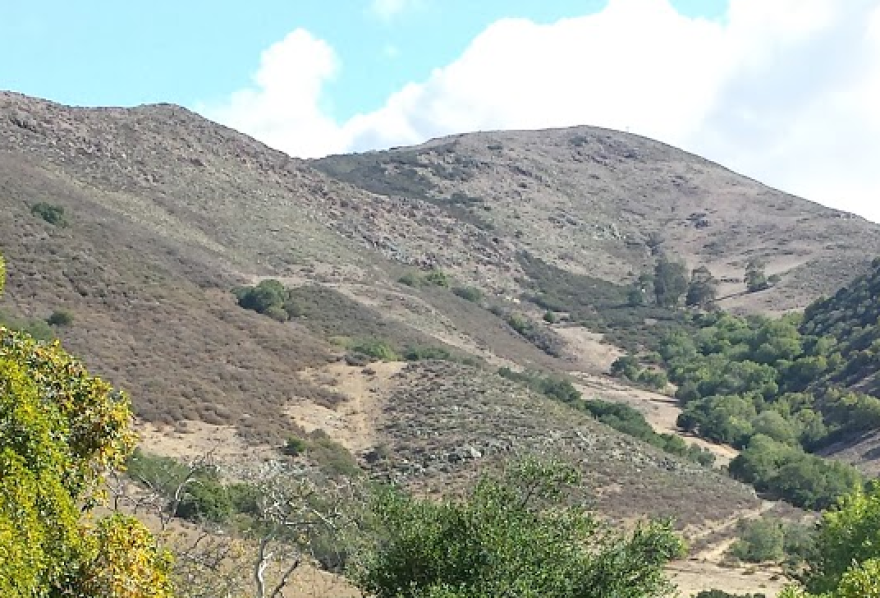The San Luis Obispo City Council will consider changes to the city’s water rules at their meeting tomorrow, Aug. 16. City says SLO is water-secure, but that drought measures mandated by the state mean they have to implement “Stage 2” of their water contingency plans.
Mychal Boerman oversees all of SLO’s water-related operations as the Deputy Director of Utilities. He said the state’s new emergency drought measures have led to a couple of major changes.
The first is a statewide ban on nonfunctional turf, which refers to grass that’s not being used for an active or recreational purpose, like football fields or public parks. Boerman said that doesn’t include homes.
"It doesn't impact single-family or multi-family residents, but mainly businesses [and] institutional uses which would include the city," he said.
The second major regulation affects what are called “urban water purveyors.” That refers to communities with at least 3,000 water connections, or which use 3,000 acre feet of water per year. In SLO County, that includes cities like San Luis Obispo, Paso Robles and Arroyo Grande.

Those urban water purveyors now have to implement Stage 2 of their water shortage contingency plans, which includes building up staffing and doing more outreach. But Boerman said there’s another big ask of SLO residents in Stage 2.
“That’s to not irrigate during daylight hours. So from 7a.m. to 7p.m., no outdoor irrigation, but between 7p.m. at night till 7a.m. the next morning, they can irrigate," he said.
Boerman said these new measures wouldn’t have gone into effect in SLO if not for the state’s “one-size-fits-all” approach to water conservation. He said though drought and water conservation are concerns for every city in California, SLO has planned well enough to be water-secure even in drought.
“We're in one of those cycles right now where we're on our third year in a row of abnormally low rainfall, but the city is prepared for that."
As for the time frame of these statewide drought measures, Boerman said they are most likely going to be in place for a year, though the state could either end them early or extend them depending on rainfall.
“The state [could] come in and either end it early because we get a really wet winter where we get a lot of rainfall and the conditions improve. Or on the contrary, if we get very little rainfall, they may come in and extend it and most likely add additional requirements," he said.
The SLO City Council already passed the ordinance approving Stage 2, so Tuesday's meeting will likely see the city take the final step in authorizing staff to begin enforcement.





